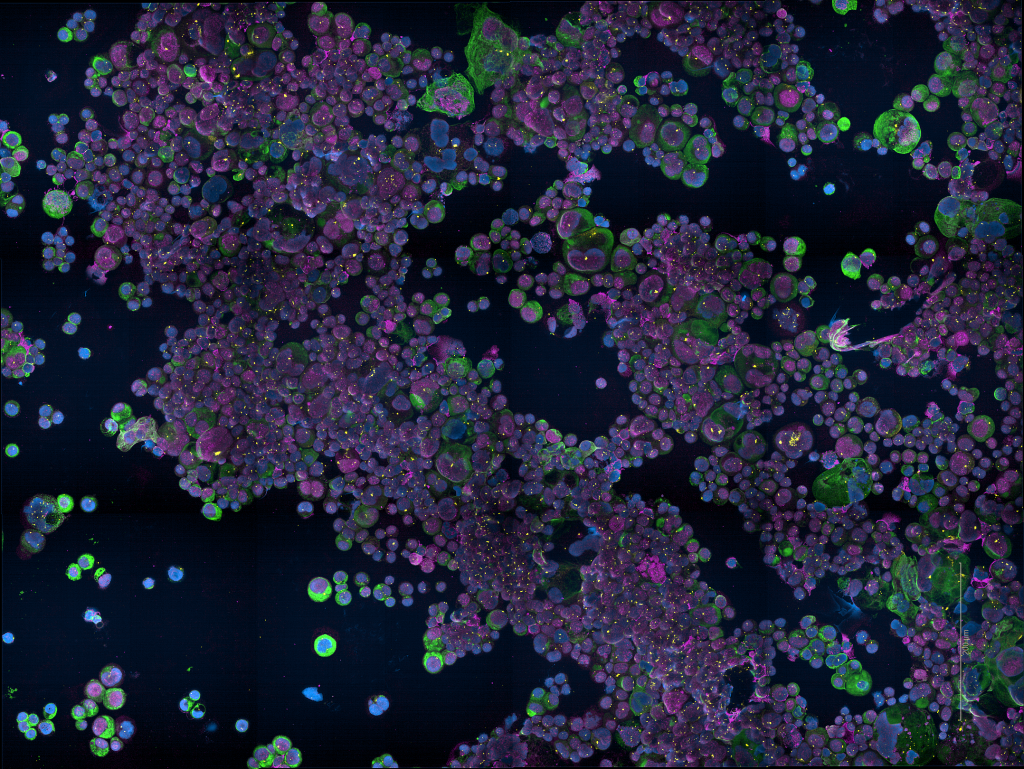Brenton Group
Functional genomics of ovarian cancer

Research summary
We study the genetic changes that happen in ovarian cancer to understand what causes cancer cells to become resistant to treatment. We use medical imaging technology to study how tumours respond to treatment and also to help us study cancers that have spread to other parts of the body. By understanding how drug resistance develops, we hope to improve treatments by tailoring drug regimes according to the genetic ‘signature’ of a patient’s cancer.
Introduction
Our laboratory focuses on discovering improved treatments for epithelial ovarian cancer using laboratory and clinical studies.

Professor James Brenton
Senior Group Leader
Research topics
Related News
See all news-

Single-cell study sheds new light on why ovarian cancer becomes resistant to chemotherapy
11th August 2025
Researchers at the Cancer Research UK Cambridge Institute and Stanford University have mapped how ovarian cancer cells respond to chemotherapy at an unprecedented level of detail, offering new insights into why treatment resistance develops.
Find out more -

Scientists create test to predict chemotherapy resistance
23rd June 2025
Scientists at the Cancer Research UK Cambridge Institute have created a test which can successfully predict whether cancer will resist common forms of chemotherapy treatment.
Read more -

Institute Group Leaders awarded promotions by the University
26th June 2020
We are delighted to announce that several of our Group Leaders have been promoted in the University of Cambridge Senior Academic Promotions.
Find out more
Publications
See All PublicationsRare germline genetic variation in PAX8 transcription factor binding sites and susceptibility to epithelial ovarian cancer.
PTEN loss shapes macrophage dynamics in high grade serous ovarian carcinoma.
Laboratory Efficiency Assessment Framework (LEAF)
The Brenton Group contributed to the Institute’s LEAF Silver accreditation, see the Sustainability webpage for more information.



